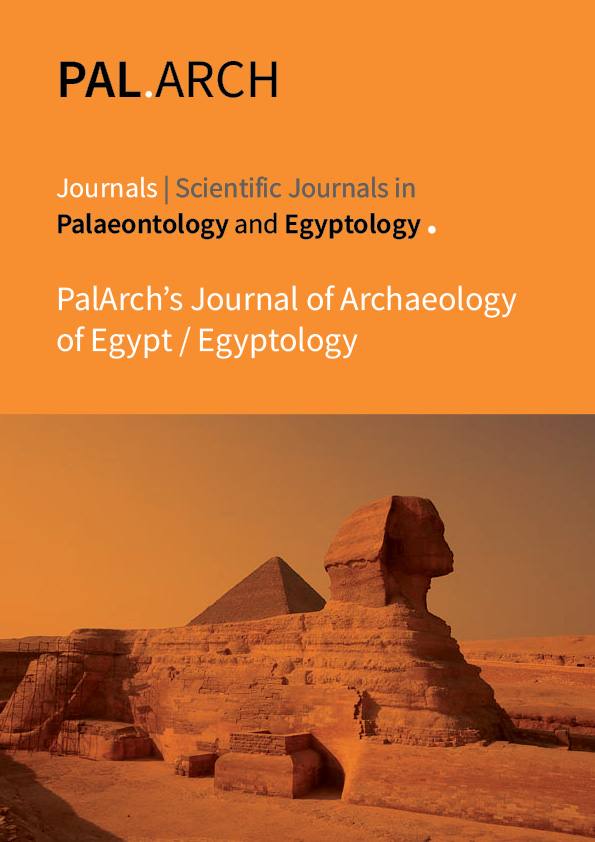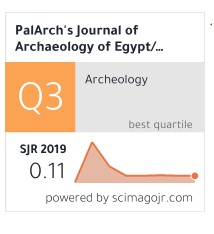ARCHITECTURAL ELEMENTS DICTATING PERSONAL IDEOLOGIES: ELEMENTS SPEAKING HISTORIES CASE STUDY OF QUTB SHAHI TOMBS
Abstract
The paper deals with the historical influences on architectural elements of important architectural landmarks. It discusses the complexity of the dynasties, and how parallel ruling (Deccan sultanates and Delhi Sultanate of Muhammad bin Tughlaq) affected art & mixed their architectural styles. Paper discusses the reasons and historical stories behind the adaptation of different elements forming hybrid architectural vocabularies in Qutab Shahi tombs. It discusses how the dynasties of (Deccan Sultanates) certain period ruling simultaneously at the same time of Qutab Shahi or Golconda got similarity of architectural representations; - the architectural presentation of Qutb Shahi necropolis connects to various elements of Deccan sultanates. Paper discusses how the fusion of different intellectual ideas, & concepts brought a change in the Bijapur dome composition. The research discusses the use of arched walls in the Funerary Architecture of Astur Bahamani Tomb complex and Qutb Shahi Complex which were used & witnessed only on forts for armory purposes in the history. Literature showed how influences, connections, personal, political and local interactions, and migration lead to observatory learning and get translated into architectural elements, & hence each small element has a story and narration of its own.



